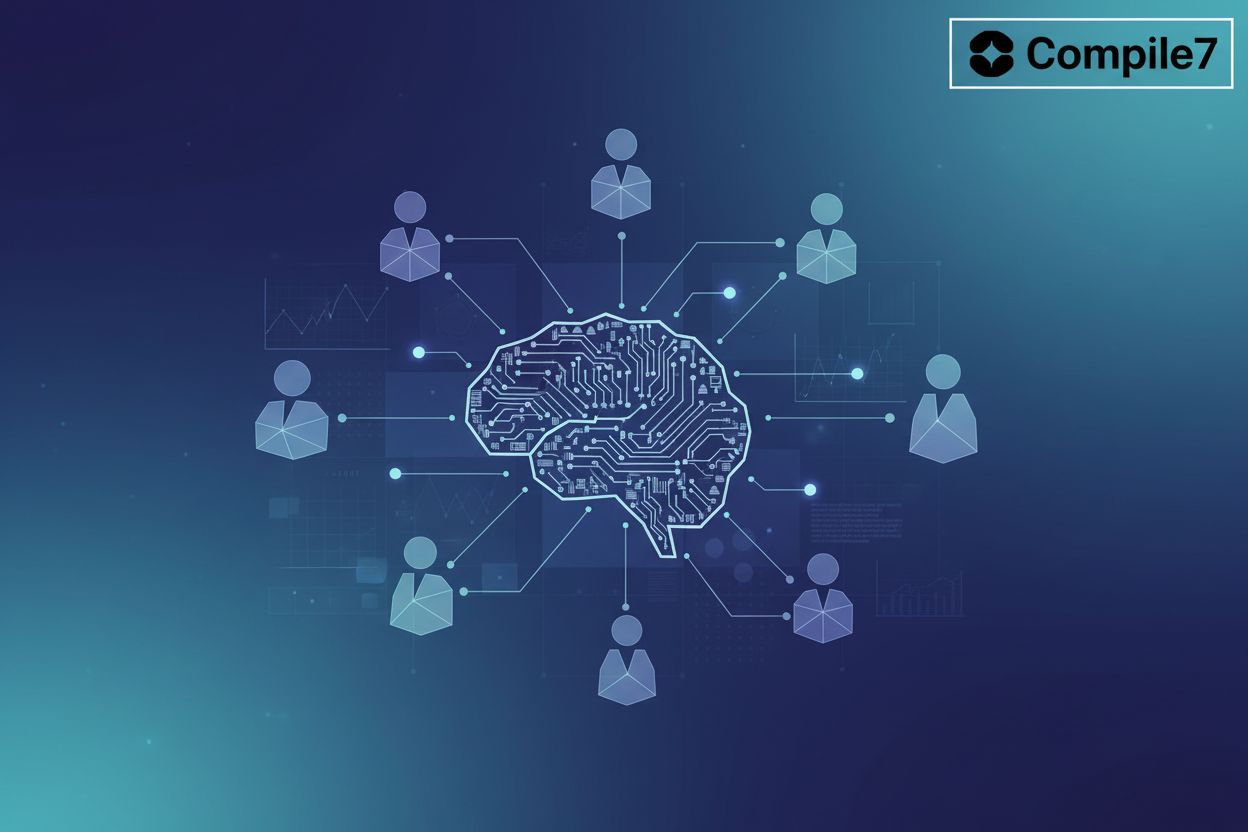Exploring Alternatives to Popular AI Models
TL;DR
Why Look Beyond the Usual Suspects?
Okay, so you're thinking, "why wouldn't I just stick with the big-name ai models?" Valid question!
The big guys, like those from OpenAI, are kinda like the default setting, but it pays to explore.
- Cost can be a huge factor; those top-tier models? They ain't cheap, especially when you're scaling up. (AI's $600B Question - Hacker News) Being locked into one provider can mean less flexibility and potential price hikes down the road, which isn't ideal.
- Then there's customization. Sometimes, you need a model that really gets your specific niche, not just a general-purpose brain.
- Plus, there's the whole data privacy angle. Sharing sensitive info with third parties? Yikes. Keeping things in-house, or at least in a private cloud, can give you way more peace of mind.
Think of open-source as the indie music scene of ai. You get more control, can tweak things to your heart's content, and, hey, it's often way cheaper. This can really change things for smaller businesses.
So exploring alternatives isn't just about being contrarian—it's about smart business. We've touched on some of the drawbacks of sticking with the usual suspects, like cost and flexibility.
Open-Source AI Models: A Powerful and Affordable Option
Sure, lemme tell you about open-source ai – it's not just some techie buzzword. It's a real game-changer, especially if you're not swimming in venture capital.
Think of open-source ai as the linux of the ai world – transparent, customizable, and often free. But what does that actually mean for your business?
- Transparency: You get to peek under the hood. Access to the model's code means you can actually understand how it ticks.
- Community Support: There's a whole army of devs and researchers out there, ready to lend a hand, fix bugs, and brainstorm ideas.
- Customization is King: Need something super specific? Fine-tune the model to your heart's content.
- No License Fees: This is massive. Imagine cutting out those hefty licensing costs – money that can go straight back into innovation.
It's not just theory, either. Plenty of orgs are using open-source ai to improve customer service, analyze data, and create content. (The State of AI: Global survey - McKinsey)
Open source ai is making things happen. Many of these models, like those found on Hugging Face, can be fine-tuned for specific tasks, making them both powerful and affordable.
Specialized AI Models: Niche Solutions for Specific Tasks
Alright, let's dive into the world of specialized ai, where things get really interesting. Forget the one-size-fits-all approach, these models are all about niching down.
Imagine chatbots that actually get your customers' needs. These ai models aren't just spitting out canned responses. (Chat-gpt's canned responses about consciousness are unethical) They can analyze sentiment, personalize interactions, and, honestly, make your customer service team's life a whole lot easier. They're like super-powered support agents working 24/7.
Ever feel like you're drowning in data? These ai models are your lifesavers. For example, a retail business could use a specialized model to predict which products will be most popular next season, helping them optimize inventory and avoid stockouts. They're built for data mining, predictive analytics, and turning raw info into actionable insights. Think automated reporting, data visualization that actually makes sense, and business intelligence that gives you a serious edge.
Evaluating and Selecting the Right Alternative AI Model
Evaluating ai models? It's not just about picking the shiniest new toy. Does it actually fit the job?
- Performance metrics are vital. Don't just look at the big picture, but consider what accuracy, speed, and scalability mean for your specific needs.
- Cost analysis: It's not just the upfront price. Think about training, deployment, and ongoing maintenance. It all adds up, you know?
- Integration requirements: Can it play nicely with what you already have? Compatibility avoids future headaches.
Use case-specific testing is key. Throw real-world scenarios at it, and see how it handles the pressure.
Benchmarking against popular models? Useful, but don't get sucked into a comparison trap. This trap can happen when you focus too much on abstract benchmarks that don't reflect your actual use case, or get caught up in a race for the highest score without considering practical implementation.
Hugging Face Model Hub is a goldmine. It's got a wild variety of models and, hey, a lot of 'em are open source.
But don't stop there; ai model marketplaces are popping up everywhere.
So, yeah, time to get your hands dirty and find the model that will work for you.





